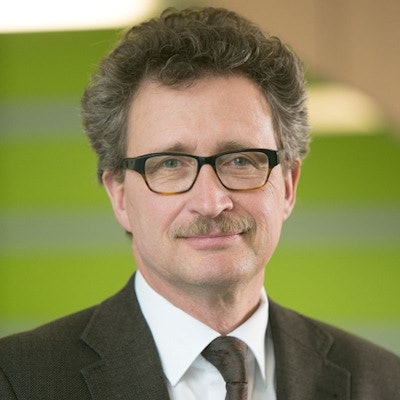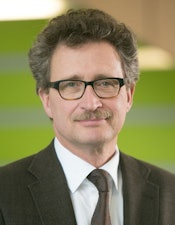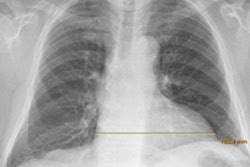
It is an established custom within the radiological community for radiologists to share images of problematic cases with colleagues and ask for their professional opinion, but this is usually an ad-hoc process restricted to the radiologists' own networks, which means that sometimes they do not have access to the right specialist. Additionally, with an ever-growing volume of information and images, it is becoming increasingly difficult to send large numbers of suitable datasets as technical tools quickly become inadequate.
Help is at hand. A new "expert network" set up by the German Radiological Society (DRG) went live early in July. The organization's deputy president, Dr. Dierk Vorwerk, a senior consultant at the Klinikum Ingolstadt and a professor of radiology, explains the background.
A lot of radiologists already discuss complex cases with colleagues. How does the expert network add value?
Vorwerk: We want to improve the way these queries are dealt with and offer a service that gives access to the right specialist, rather than relying purely on personal contacts. We also want to make it easy to share large quantities of data so that carefully considered assessments can be made.
 Dr. Dierk Vorwerk, deputy president of the DRG.
Dr. Dierk Vorwerk, deputy president of the DRG.How did the expert network come to be set up at this particular time?
Last year, the DRG created a very successful web-based collection of case studies in collaboration with MeVis Medical Solutions. Based on experiences here and in similar organizations, a digital expert network was an obvious follow-up project. It's happened at just the right time as we have been able to make better use of the existing available technology and build on what we've achieved. We gave a presentation at the 98th German Radiology Congress, held in May 2017 in Leipzig, showing how new software lets you share radiological data using web browser-based technology. And we hope lots of people will use this new service.
What kinds of subjects does the expert network provide advice on?
During the introductory phase, between now and the end of this year, we'll be focusing on cardiovascular diagnosis and musculoskeletal radiology. But we're planning to expand the service to other specialist areas. All queries during this phase will be free of charge.
So how exactly do people ask questions? Can you request an answer from a specific expert?
Our experts are divided into specialist groups. Radiologists looking for advice log on with their DRG username and password, choose a subject area, and enter their question and other patient information in a free text box. All the necessary documentation such as DICOM data and JPG and PNG files can be uploaded. It is also possible to specify how quickly a reply is needed. In urgent cases, it may be possible to get one within 24 hours. The question is then made available to everyone in that specialist group or a specific expert designated by the requester.
In the future, imaging data will be gathered and evaluated digitally using machine learning. Do you think radiologists will be replaced by computers one day?
Not at all! But the profession has been changing for the past 50 years and that's not about to stop. Tomorrow's radiologists will use computer-assisted technology to improve their diagnosis, but they'll still draw on personal experience to review it critically. Radiology will undoubtedly be more clinical in the future, as it's increasingly used for diagnostics and intervention in every large hospital.
So we don't need to worry about the future of radiology as we know it?
There's no reason to be worried. Life will go on changing. When horse-drawn carriages were replaced by automobiles 130 years ago, horses were out of a job but not drivers. Vehicles still had to be driven, no matter how they were propelled, and the same goes for radiology. There is no need to be afraid of the future.
Editor's note: This is an edited version of a translation of an article published in German online by the German Radiological Society (DRG, Deutsche Röntgengesellschaft). Translation by Syntacta Translation & Interpreting. To read the original article, click here.



















